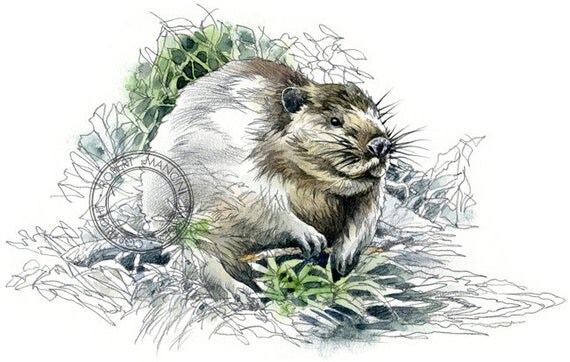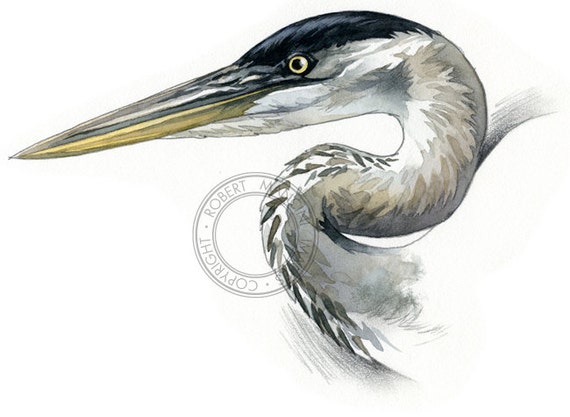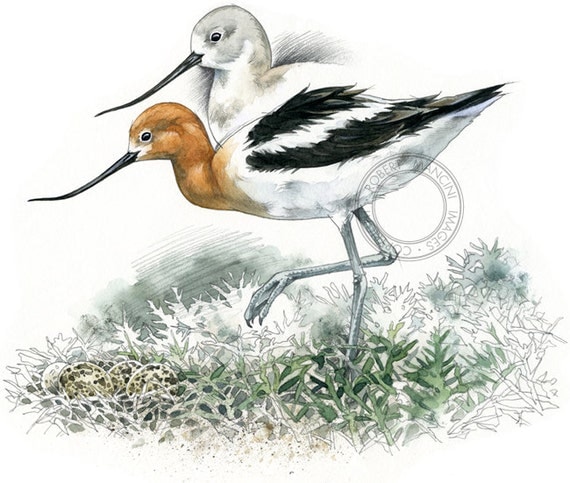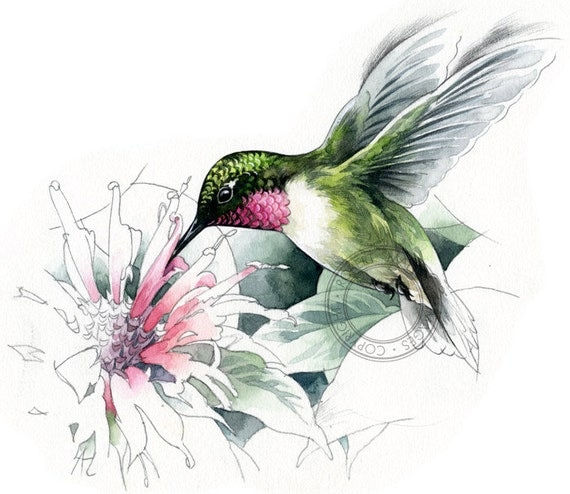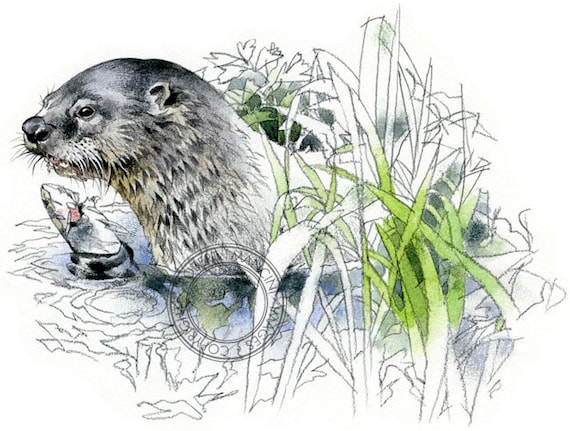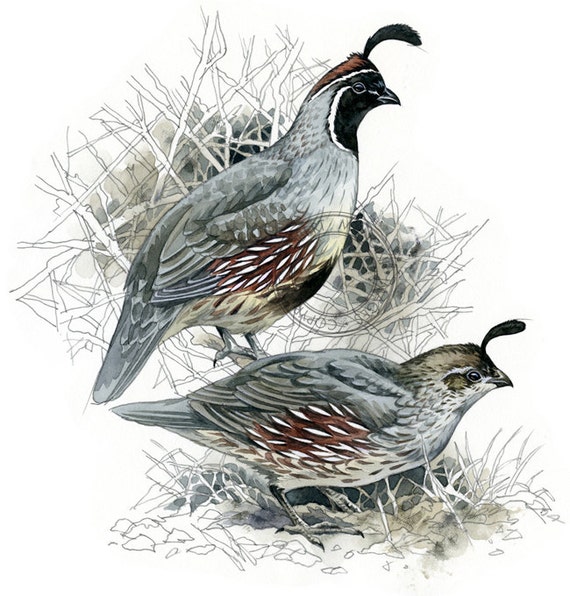Sometimes there is so much good news about beavers you almost forget what a horrible, stacked deck they face in egregious and uninformed parts of the world. It can feel like beavers have ‘turned a corner’ and no one can legitimately challenge their value again. And then you see articles like this. Manitoba is the Canadian Province right next to Sascatchewan and has obviously learned all their least impressive alarms and tricks over the years.
Dam those beavers
Infestation causes destruction in Interlake.
 ASHERN — A certain buck-toothed, flat-tailed national symbol with a waddling gait is wreaking havoc in parts of Manitoba on a scale not seen in a lifetime. Armies of beaver are penetrating deeper and deeper inland in the Interlake and some other parts of Manitoba, flooding farm fields with their dams and destroying municipal infrastructure such as roads.
ASHERN — A certain buck-toothed, flat-tailed national symbol with a waddling gait is wreaking havoc in parts of Manitoba on a scale not seen in a lifetime. Armies of beaver are penetrating deeper and deeper inland in the Interlake and some other parts of Manitoba, flooding farm fields with their dams and destroying municipal infrastructure such as roads.
“It’s just beaver country like stupid,” said Dan Meisner, a councillor with the RM of Grahamdale who is in charge of beaver control. Meisner, who is also a trapper, took out 400 nuisance beavers in one recent spring-summer period alone.
Beaver country like stupid? I really, really believe that, Dan. Exactly like stupid. Because the entire province is surrounded by solutions and you can only see problems. It’s like you’ve been given a vast carpentry set with complex engineering tools thrown in and you’re stumbling around looking for the hammers.
People in the area say there haven’t been beaver in this part of the province since before their grandparents’ day. Meisner remembers finding a stick stripped bare by a beaver and taking it to show-and-tell at school because it was so rare.
The province said it has not received an increase in beaver complaints, but could provide no other data on the beaver population.The province started offering a $15 bounty per beaver three years ago, but RMs regard it as a drop in the bucket. The RM of Grahamdale has tacked on an additional $35 per beaver.
Manitoba also provides up to $750 for removal of a beaver dam, but recommends getting rid of the beaver first or the dam will just be rebuilt.
The problem in the Interlake has been brewing since at least 2003 and progressively getting out of control, landowners said. As the beaver move inland, it’s imperative they build more dams to survive because they need water — they are almost completely defenceless on land. So they block culverts, causing ditch water to backup and flood land.
“They’re like rats and they keep populating,” he said.
“Whenever you go to get a beaver, it never lives in a nice place. You’re either going through thick ice or in heavy bush with mosquitoes and bulldogs (horseflies),” Meisner said.
Because honestly, there is nothing in the world less pleasant than spending time at a beaver pond. They are wetland slumlords, you know. With all those fish and dragonflies getting in your way. It’s startling to me that not one person has noticed that the reason they haven’t seen an ‘infestation’ of beavers before in their grandfather’s lifetime is because the very clever fur trade had KILLED THEM ALL!
I’m sure they remember that as the good ol’ days.
Let’s have a nice palate cleanser after that bitter beaver pill. Deborah Hocking is the talented artist who did the illustrations for the successful book “Build Beaver Build“. She was one of the artists I implored to donate to our silent auction. As it happened she liked our story SO much she offered to design us a bookmark for the event, which we can give out at the festival. We figure kids can use them with their journals and they’ll be a perfect match.
I talked to her yesterday and sitting down at her desk busy designing right now. Wish her muses of castor, okay? I can’t wait to see the finished product. Here’s the lodge image she included in the book just to get you interested.




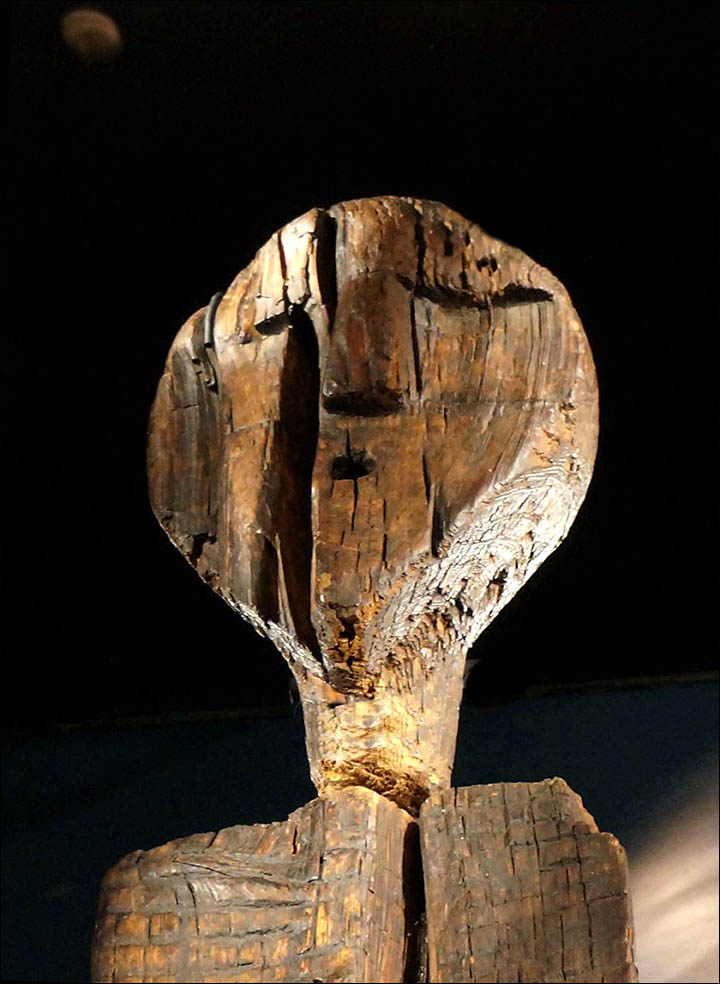
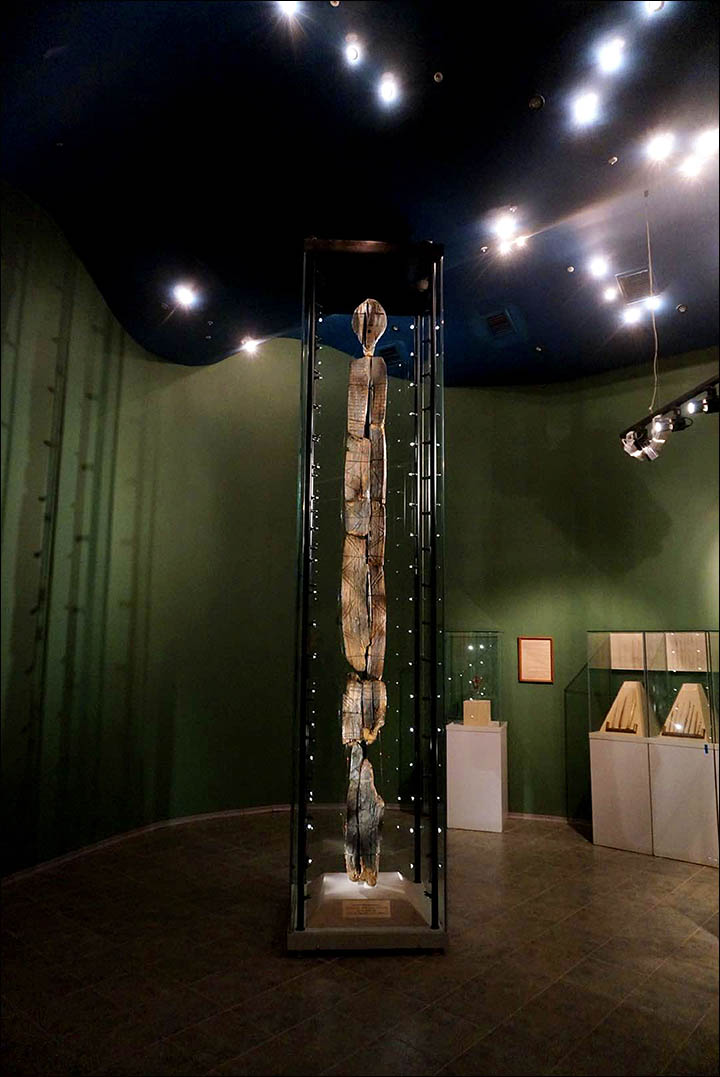 is is a masterpiece, carrying gigantic emotional value and force,’ he said. ‘It is a unique sculpture, there is nothing else in the world like this. It is very alive, and very complicated at the same time.
is is a masterpiece, carrying gigantic emotional value and force,’ he said. ‘It is a unique sculpture, there is nothing else in the world like this. It is very alive, and very complicated at the same time. 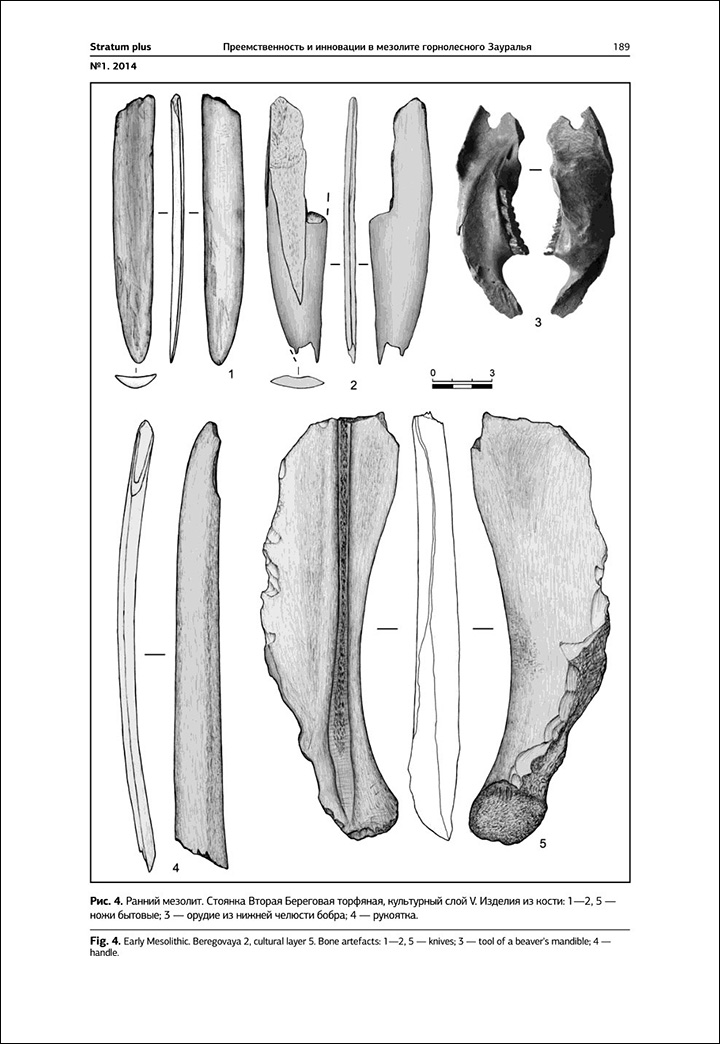


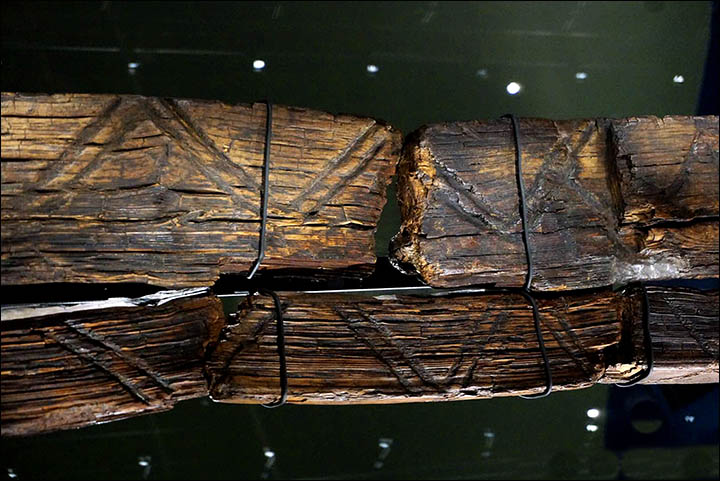


 In fall 1912, Aldo Leopold, then the newly appointed supervisor of the Carson National Forest, married Estella Luna Otero Bergere, a prominent daughter of Santa Fe. They moved into their new house, called “Mi Casita.”
In fall 1912, Aldo Leopold, then the newly appointed supervisor of the Carson National Forest, married Estella Luna Otero Bergere, a prominent daughter of Santa Fe. They moved into their new house, called “Mi Casita.”


